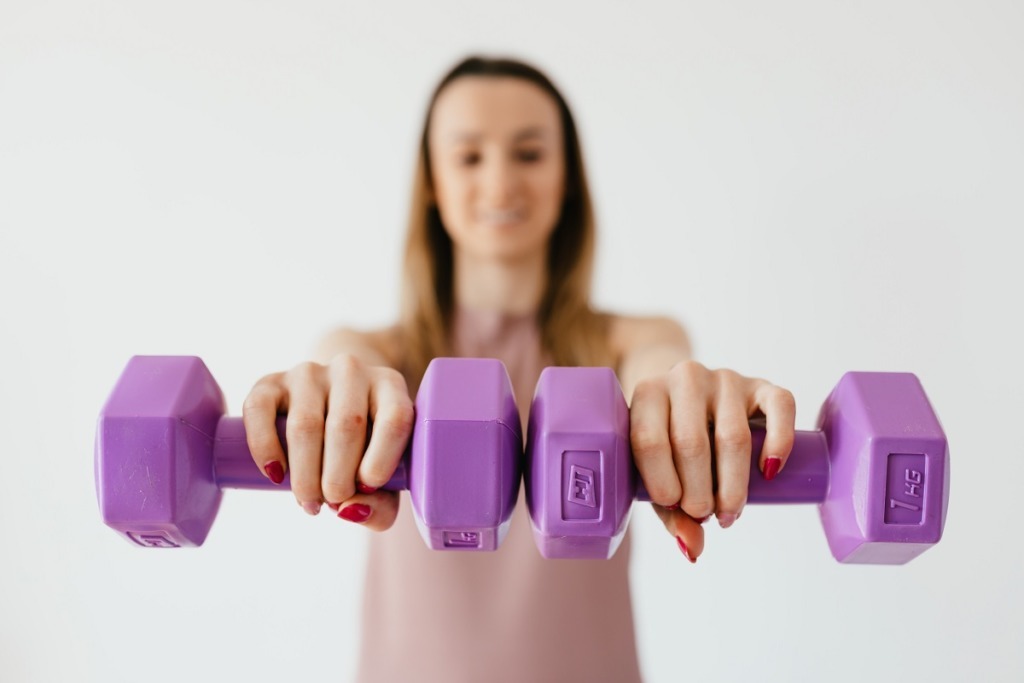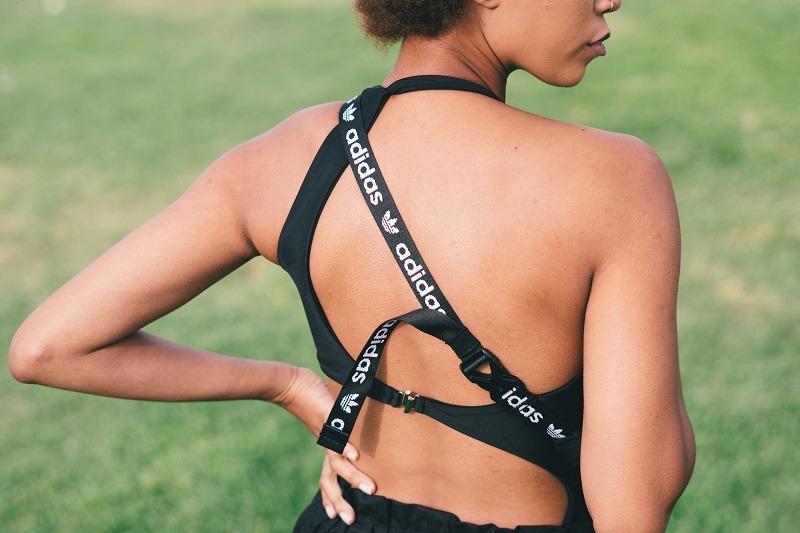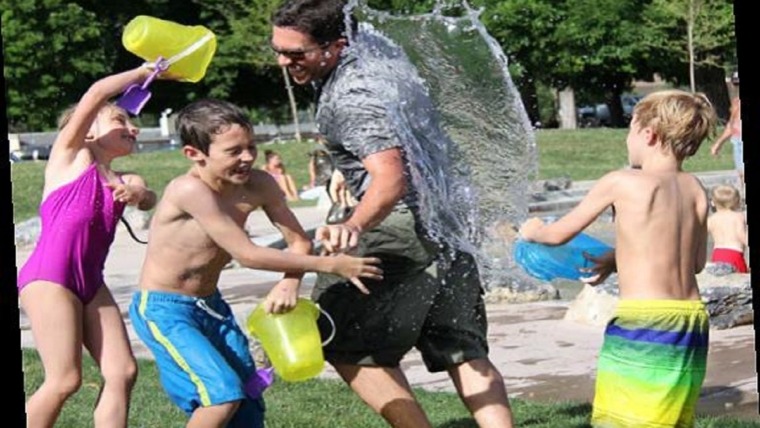
Written by Michael Dermansky – Senior Physiotherapist – MD Health
With the start of the year, always comes the latest fitness trends and the “new” best way to tone up for the next year, but what seems to be important and really making a real impact in fitness and strengthening is older, effective training techniques that still work today, but proven by modern science.
- The return of classic strength and conditioning – Classical weight training, involving lifting weights in compound lifts, such as deadlifts, squats and bench press have really shown their importance in the last few years. If you had asked me 5 years ago whether I thought lifting heavy weights in movements such as deadlifts should be part of an exercise program, I would have dismissed it and thought it was of no real benefit. I was wrong. With the correct training, most people should be able to lift heavier weights without injury and for improved performance, no matter how old you are. I have seen clients in their 80’s and even 90’s lifting weights, with improved strength and bone density, even at this age.
Compound lifts are one of the fastest ways to improve your muscle mass and have a real impact of your bone density. Recent research (Layne and Nelson, 1999) has shown that progressive resistance training not only has the most profound effect on bone density, but also has added benefits of improved co-ordination, strength and balance. In our experience, since we introduced classical strength training to our programs, we have seen our customer come in with changes in their bone density scans, the first time in years.
In addition, if your goal is to lose weight, the most important factor to boost your metabolism from exercise is to increase your muscle mass. Our metabolism is boosted the most not from how much exercise you do, but by your lean muscle mass. Compound lifting is one of the best ways to load your muscle groups in a combined way to have the largest improvement in your lean muscle mass over time. As a bonus, you will be stronger, find you can do more things and simply enjoy life more.
- The role of core strengthening and Pilates – core strengthening seems to be the buzz word of the last decade, but doesn’t seem to be thrown around as much lately. Is it still important? The answer is yes, but to understand why, we really need to understand its place.
Core strengthening is not just about abdominal exercises, it is about making sure your stabilising muscle groups do their job so that the strong power muscles used for compound lifting can do their job properly. Core stabilising muscle groups work throughout the body. In the lower back it is the multifidus muscle groups, a small and deep muscle group around the spine which keep the vertebrae stable so that the prime movers can do their job effectively. If these muscle groups do not do their job properly, there is excessive movement of the vertebrae with increases the load on other structures such as the joints and discs, which leads to injury in the long term. If these muscles do work properly, the prime movers such as the gluteal muscle groups, strong and powerful lifting muscles can really do their job properly and you can really build your strength to achieve your fitness goals.

So, for the best outcomes from your fitness, your program should have a combination of core strengthening exercises AND compound lifting exercises, with of the focus of the core stabilising exercises being muscle groups that will be used in your compound lifts.
- How does tele-sessions fit in? - With COVID-19 and lockdown restrictions, gyms were closed and most of us did not have the option of in person sessions to work on our fitness, so tele-sessions were our only option. However, with gyms re-opening, a lot of people have returned to the gym, but others have chosen to stay on tele-sessions either for convenience or for safety reasons. So, where does tele-sessions really fit into the fitness landscape? In our experience, tele-sessions are a good maintenance service you can’t to the gym, but is not a substitute for training at a well-equipped facility.
After lockdown had finished and clients were able to come back to our facility in 2019, we had noticed that clients who had maintained their exercise program via tele-sessions had a “okay” level of strength, but had really lost that strength and fitness edge that they had developed prior to lockdown. They took a while to regain their previous level of strength and we had to take a few steps back to re-start their fitness training. The tele-sessions were not a waste of time, clients had maintained a reasonable strength and co-ordination, much better that those who “just walked” or maintained their own program, but had lost that top level of strength and fitness we had previously achieved.
We realised the real benefit of tele-sessions is that it allowed our clients to maintain their fitness levels if they could not come in, such as when they are away on holidays or if they are not feeling well enough to come into the centre, however, if able they were better off coming in in person.
2021 is likely to bring about newer and more fitness trends, especially with more technical innovation, but all of these changes must always be looked at in the context of does it make a difference to what you want to achieve and does it get you closer to your goal. If not, sometimes older, more traditional training methods may be more effective.
What’s new in the world What’s new in the world What’s new in the world What’s new in the world



